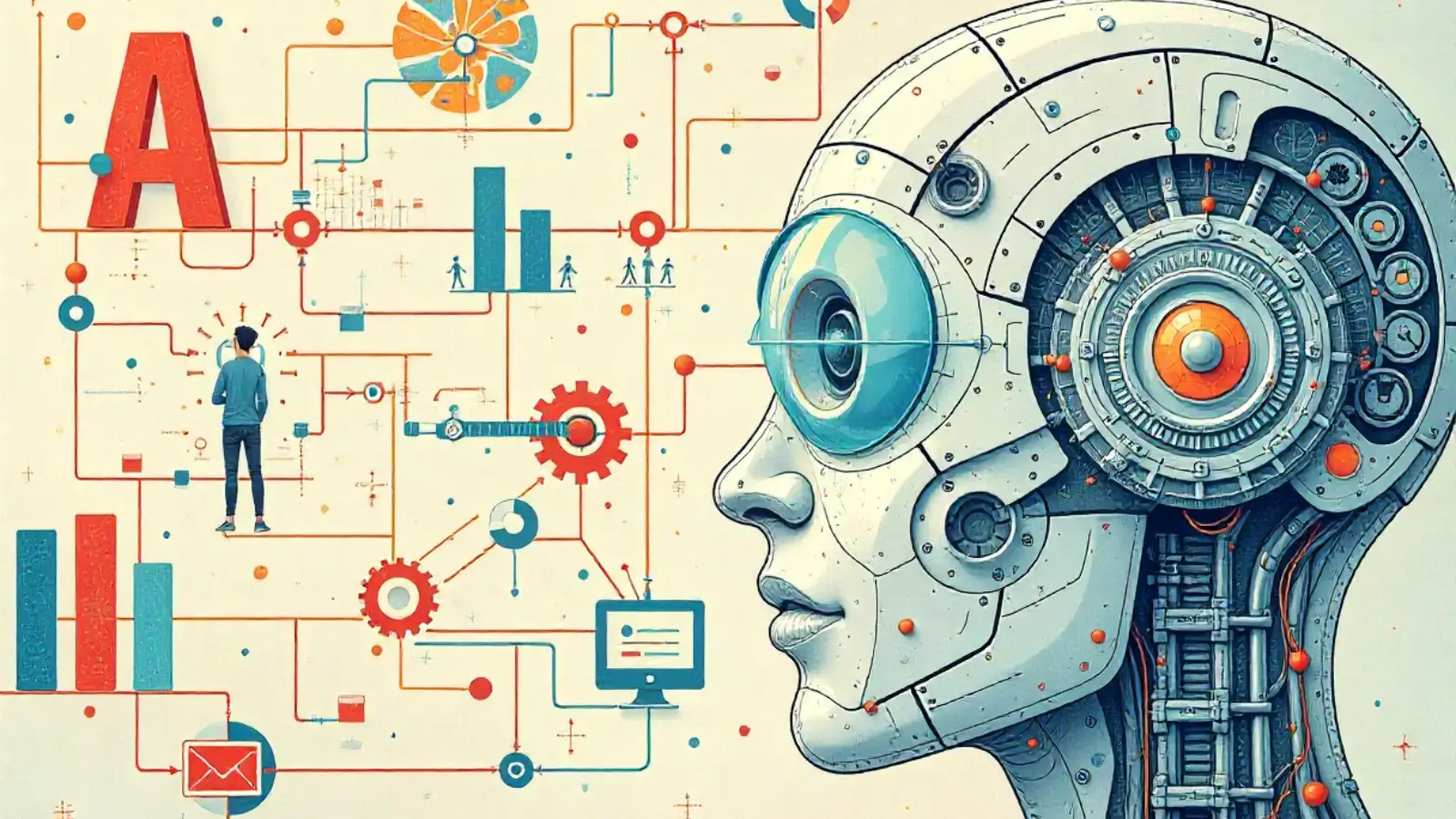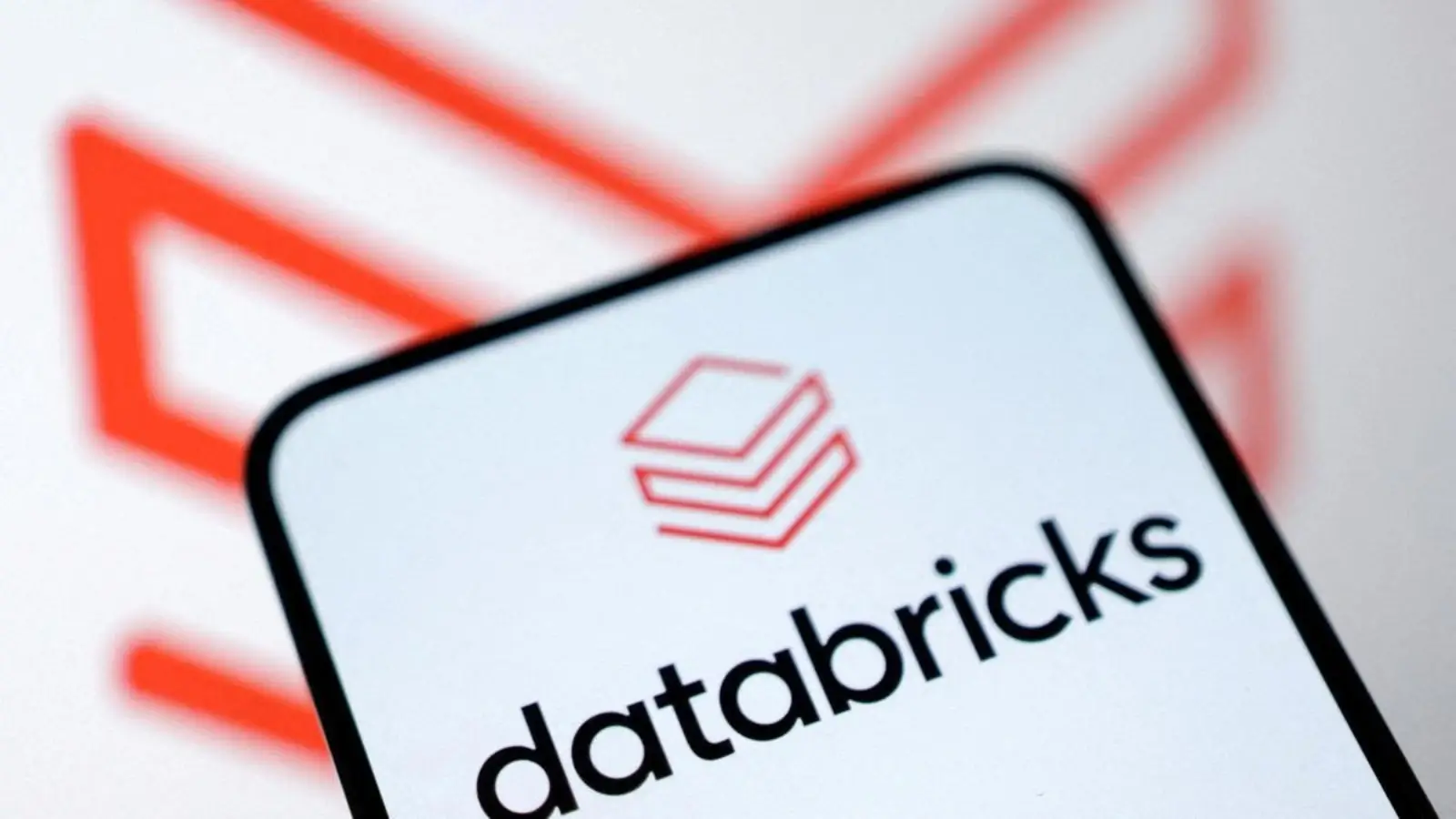Artificial Intelligence has revolutionized content creation. With ChatGPT, Jasper, and Copy.ai, businesses can now create blog posts, social media posts, product descriptions, and marketing copy at record speed. Productivity has increased tenfold, and content calendars that took entire creative teams to manage can now be managed by a single marketer with the right prompts.
There's just one problem.
AI content, though speedy and effective, tends to fall short of human touch. It might get all the right keywords and grammar principles but still reads as robotic, uninspired, or emotionally void. In an age where readers are hungry for connection, that's a weakness. Many businesses know that integrating positive AI systems, such as through the Elsewhen AI Consultancy, is paramount to good future strategy. Unfortunately, that hasn’t bled through to the content plan in most sectors.
So, how do we preserve the speed and effectiveness of AI without giving up the authenticity and emotional smarts that genuine writers provide?
Enter humanizing AI software—breakthrough platforms that inject soul, flair, and personality into your copy. They bridge the gap between machine and people, enabling content to not only read well but feel right.
What Does It Mean to Humanize AI Writing?
More Than Just Grammar Fixes
Humanizing AI-written content is not simply fixing spelling errors or smoothing out sentence order. It's about transformation—reworking content so it sounds as though written by an actual human being with experiences, opinions, and empathy.
Key Elements of Humanized Content
- Emotional Depth
- AI might say: “This product is effective.”
- A humanized version might read: “Customers say this product changed their lives—many won’t leave the house without it.”
- Cultural and Contextual References
- Effective writing leans into shared understanding. Human writers use idioms, pop culture references, humor, or local flavor to make content feel grounded and relatable.
- Conversational Tone
- People don’t speak like textbooks. Humanized content uses contractions, rhetorical questions, sentence fragments, and voice-specific flourishes to create natural flow.
For instance, a humanize ai text tool doesn’t just polish sentences—it restructures them to mimic how a human writer might phrase ideas organically.
The Risks of Relying on Raw AI Content
Search Engine Setbacks
Google is increasingly concerned with EEAT: Experience, Expertise, Authoritativeness, and Trustworthiness. If content is shallow or unoriginal, it can be deprioritized in search rankings. AI content that doesn't show genuine insight or sound like the work of an expert may never rank—regardless of how optimized it looks.
Eroded Reader Trust
A 2023 survey identified that 68% of readers are able to identify AI writing within seconds. When users catch on to inauthenticity, their trust is destroyed. The voice of AI sounds mechanical, formulaic, and unemotional—and in the age of attention, it's enough for users to bounce and never come back.
Missed Engagement Opportunities
Engagement metrics always benefit humanized content. As per HubSpot, content that reads as personal, empathetic, and story-like gets 2–3 times more comments and shares compared to generic AI-generated content. If community-building or sparking debate is your goal, robotic writing won't suffice.
How to Humanize AI Content Effectively
Step 1: Start with a Strong AI Draft
Use AI tools like ChatGPT to generate your first draft. These tools can quickly outline a topic, build structure, and provide a working base. Think of it as your digital co-writer—great at starting conversations, not necessarily finishing them.
Step 2: Refine with a Humanizing Tool
Use platforms like CudekAI to take your content from robotic to relatable. These tools are designed specifically to infuse AI content with:
Contextual awareness
Audience-appropriate humor
Brand-aligned tone
CudekAI, for example, doesn’t just swap words—it reorganizes and rephrases based on real-world linguistic patterns. It helps your content “breathe” like a human wrote it.
Step 3: Add Personal, Human Touches
No tool can fully replace your voice. Once the content is rewritten, bring in human creativity:
● Tell a brief story
● Share a real-world example
● Use metaphors or vivid descriptions
● Speak directly to the reader
These elements build emotional bridges between your content and your audience. And that’s where the magic happens.
Real-World Example: Humanizing in Action
A travel brand tested two versions of a blog post titled “Top 10 Solo Travel Destinations.”
● Version A (AI-Generated Only): Informative but bland. It listed places, facts, and descriptions in a formulaic style.
● Version B (Humanized): Passed through CudekAI, then edited by a writer who added colorful descriptions, insider tips, and lines like, “If sipping espresso alone in Rome sounds like heaven—you’re not actually alone.”
The results:
● Version A: 1.2% click-through rate
● Version B: 4.7% click-through rate and 3x more social engagement
The takeaway? When AI content is humanized, readers respond—not just with clicks, but with trust and excitement.
Why Humanizing AI Is the Future of Content Creation
AI is not here to replace human writers. It’s here to empower them.
When used thoughtfully, AI allows writers, marketers, and creators to scale their efforts and produce consistent content at speed. But without the human element, much of that content fails to perform.
By integrating humanizing tools like CudekAI into your workflow, you unlock a new tier of content—one that’s fast, scalable, and meaningful.
Final Thoughts: Use AI for Speed, Humanize for Connection
In a content-saturated world, quality matters more than ever. Readers can spot filler from a mile away, and search engines are getting better at rewarding content that feels real.
So don’t settle for lifeless copy. Use AI to write faster, then humanize to write better.
With the right approach and the right tools, you don’t have to choose between productivity and authenticity—you can have both.

















